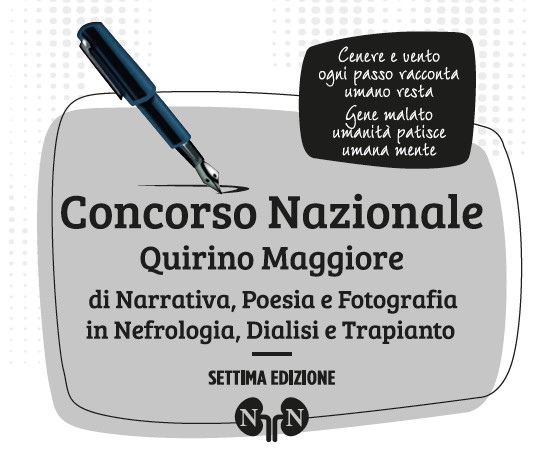Most read articles by the same author(s)
- Alberto Trinchieri, Some Certainties and Many Doubts , Giornale di Clinica Nefrologica e Dialisi: Vol. 26 No. 3 (2014): July-September 2014
- Alberto Trinchieri, Stones in Urinary Diversions , Giornale di Clinica Nefrologica e Dialisi: Vol. 25 No. 1 (2013): January-March 2013
- Alberto Trinchieri, Global Warming and Risk of Renal Stone Formation , Giornale di Clinica Nefrologica e Dialisi: Vol. 26 No. 2 (2014): April-June 2014
- Alberto Trinchieri, Wellness and nephrolithiasis , Giornale di Clinica Nefrologica e Dialisi: Vol. 28 No. 1 (2016): January-March 2016











